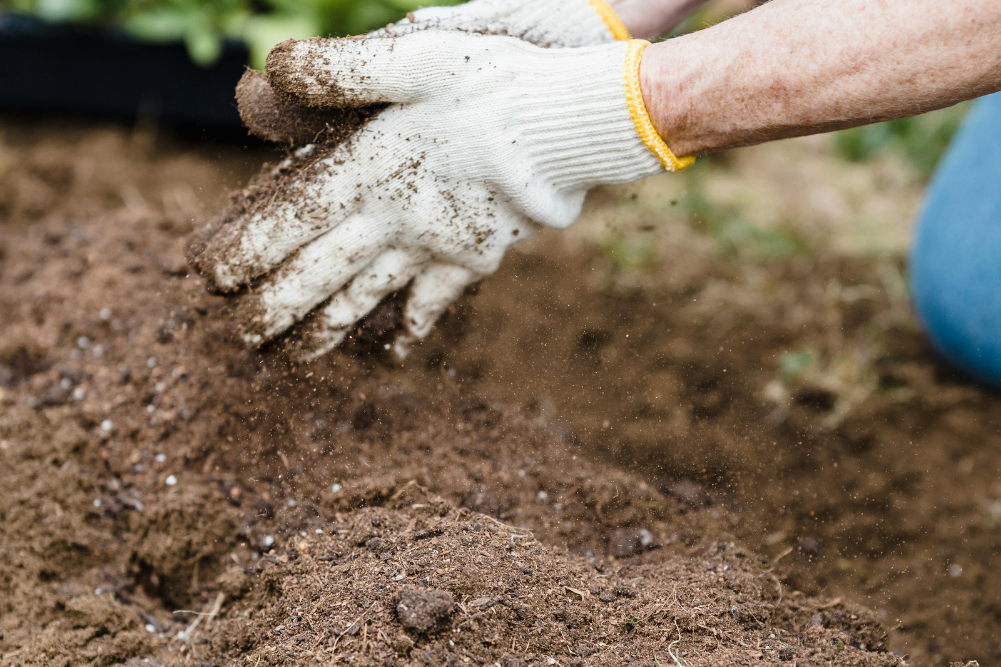Helping your pet cope with there separation anxiety
Animal Medicines Australia, in their report Pets and the Pandemic, found that pet ownership had significantly increased nationally, with the proportion of households having pets rising from 61 per cent to 69 per cent in 2019. Many puppies acquired during lockdown missed out on Puppy Preschool, even though they may have been well socialised, with increased opportunities for exercise and meeting other dogs. With their human family constantly around during their formative months, puppies acquired during lockdowns never had to experience significant alone time.
Separation anxiety in pets may increase with humans starting to return to work or plan long-overdue holidays. Our dogs and cats are having to cope with changing circumstances they have not been prepared for. Even dogs previously well adjusted to spending time alone have not had to experience being alone in recent months.
Other contributing factors to the development of separation anxiety include breed-inherited behaviour, personality, early experiences and your pet’s current environment. Dogs and cats rescued from animal shelters have had significant instability in their lifetimes and will be more prone to separation anxiety. Pups purchased from puppy farms may have a combination of poor breeding, poor diet and poor conditions which all drive increased anxiety and other health problems.
Your pet’s environment may be another contributing factor. More pets in apartments may lead to increasing complaints from neighbours about noisy dogs. A complaint from a neighbour may be difficult to face, but use it as an opportunity to help reduce your dog’s distress.
Helping your pet cope with separation anxiety
The first step in dealing with separation anxiety in your pet is to make sure that there is nothing else driving their behaviour. Underlying conditions such as pain, gut problems and skin allergies may perpetuate anxiety. In fact, gut and skin allergies are linked to behaviour via the skin–gut–brain axis, and addressing this is part of an integrative approach to managing stress and anxiety in pets.
revention is always better than a cure. Make sure your dog has exercise at least once daily, appropriate for their breed and current health. Your vet may be able to guide you — 10-kilometre morning runs are not suitable for all dogs. The activity increases mental stimulation and can help reduce anxiety in some dogs.
Prevention also includes teaching young dogs or cats about all the things they will experience, during that important window between two and five months of age. Even if you’re working from home, make sure you leave them for a short time each day. Go out at night. If you know you will be taking holidays without them, you could even consider a trial run at the boarding kennel or with the pet sitter.
Part of prevention is to practise. It’’s not enough to teach your young dog and assume they will be OK for the rest of their lifetime. Continue to reinforce the training, especially if you work from or have prolonged holidays at home.
Environmental enrichment at home can include giving your dog a job to do while you’re out such as puzzle toys, kongs or leaving treats or toys for your pet to find. Try to leave something with at least 20 to 30 minutes of activity. Provide a safe, secure place with a blanket or jumper with your scent on it, maybe away from front windows or doors if they are likely to react to passers-by. Try classical music or white noise in the background.
Ensure cats have a place to hide, a high place to observe their world, a scratching post and at least one litter tray per cat plus one. Many cats enjoy playing, so I recommend five to 10 minutes of undivided attention for all cats daily.
Bark collars that secrete citronella may seem like an easy fix, especially if the aforesaid neighbour has complained, but negative strategies never reduce anxiety, and your dog still feels the panic of being alone. Try to get your neighbour onside. They may even be able to help you by letting you know if your strategy is working.
Adaptil is a synthetic pheromone mimicking the one secreted by bitches to their feeding pups and can help produce a sensation of calm. Feliway is a synthetic pheromone similar to the cheek pheromones secreted by cats when they rub on prominent surfaces in their environment. I find these rarely completely reduce anxiety by themselves, but may work well when combined with essential oils such as lavender and Bach flower essences such as aspen, mimulus and walnut.
I’ve also used in combination L-tryptophan, L-theanine, casein-based supplements, Western herbs like camomile, passionflower, lemon balm and valerian, or appropriate Traditional Chinese Medicinal herbal formulae. These are all safe to use, but some may need to be discontinued for pets that are prescribed medications for anxiety.
There is no “one size fits all” for behaviour modification. Not all dogs respond to gradual desensitisation; in fact, some become more anxious. These days, I encourage pet carers to seek out the services of an experienced pet behaviouralist to help come up with a custom action plan.
Separation anxiety significantly affects the quality of life of pets and their carers. Medications used appropriately and for short times can reduce this anxiety and help pets learn new responses to separation.
Lockdowns may or may not be a thing of the past, but pets will continue to be anxious when alone unless we recognise it and implement strategies to help them to cope.
Karen Goldrick is a holistic veterinarian at All Natural Vet Care, Russell Lea, Sydney.
T: 02 9712 5844
W: www.naturalvet.com.au








